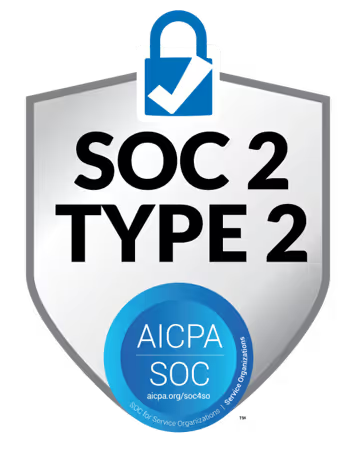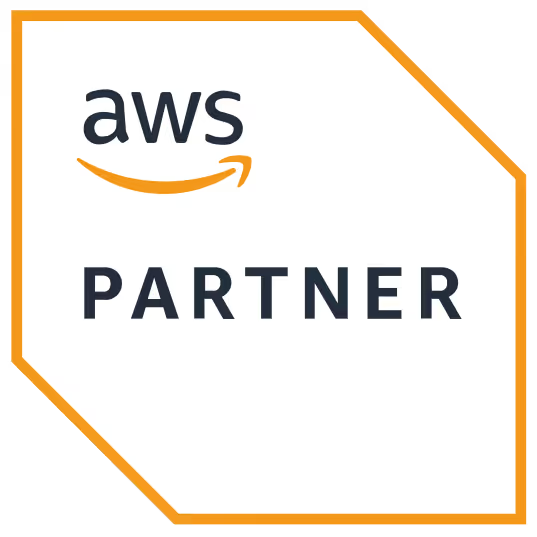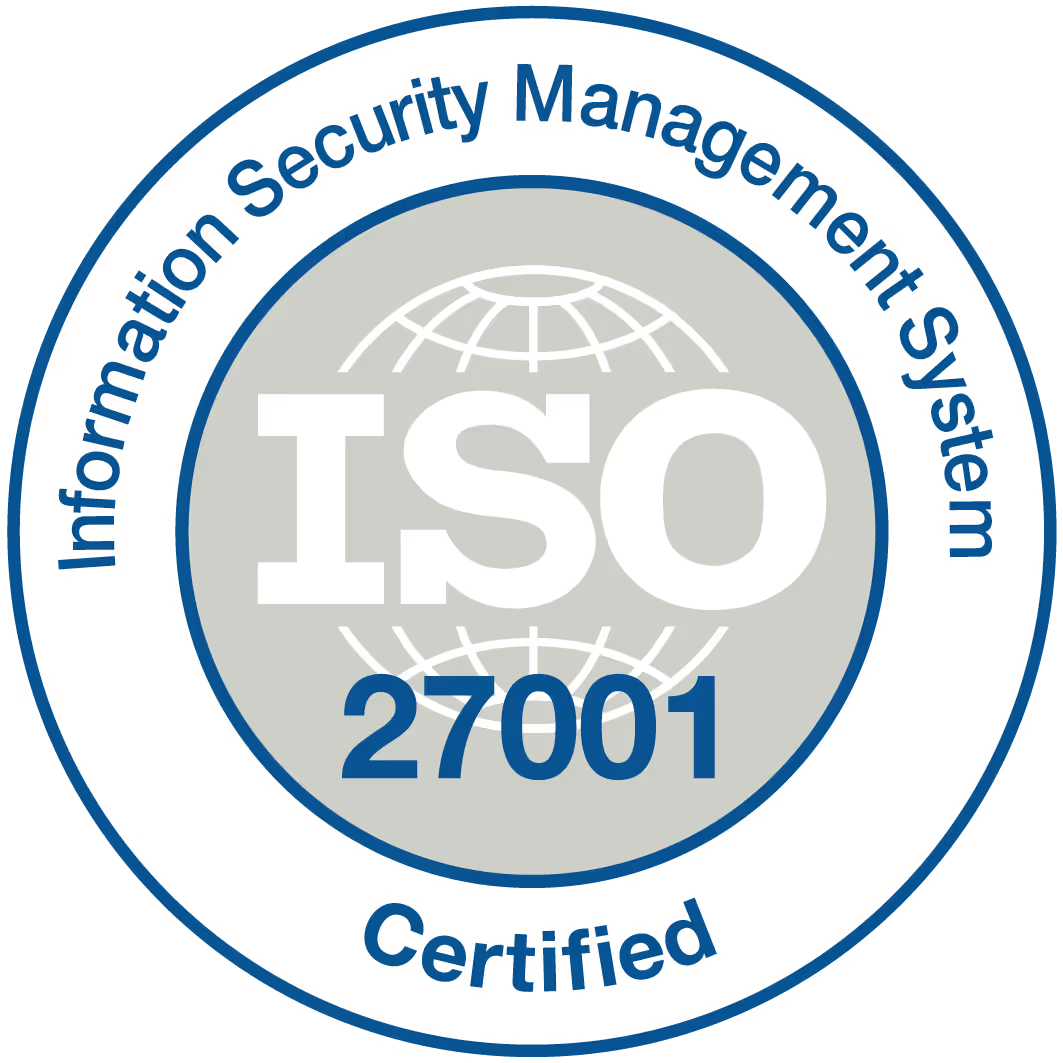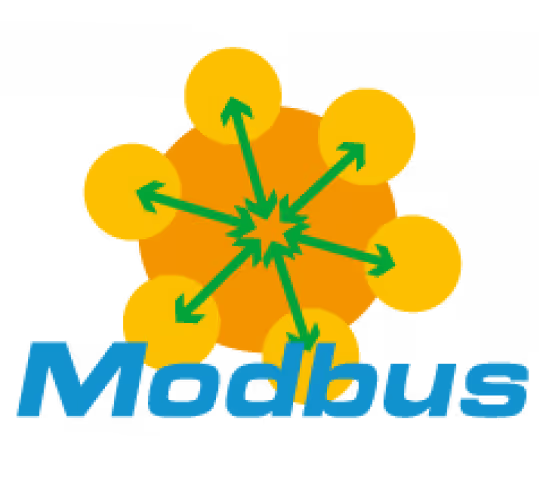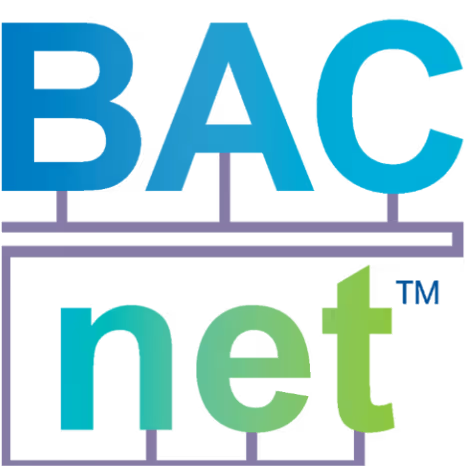
Preventive Maintenance: Enhancing O&M with IoT Sensors
Key Takeaways
- Both words are acceptable, though ‘preventive’ is favored in professional and medical circles for uniformity. Try to use industry terminology.
- Preventive tactics like maintenance and checkups decrease expenses, prolong life, and prevent breakdowns — and are indispensable for long-term achievement.
- Preventive methods, fueled by IoT sensors and AI, help organizations detect problems at an early stage and make decisions based on data, making operations efficient and risk-averse across sectors.
- Human elements – training, leadership, communication – are vital to accomplishing preventive objectives. Organizations have to cultivate a culture of prevention.
- Emerging technologies such as digital twins and realtime analytics are transforming preventive efforts, enabling enhanced visualization, decision-making, and performance insights.
- ROI for preventives should consider not only direct monetary savings but indirect organizational benefits like safety, productivity and customer satisfaction.
Preventive maintenance means being proactive about checking, servicing and repairing equipment on a regular basis, to reduce the likelihood of sudden failure. Reactive strategies solve problems once they arise; preventive approaches aim to keep things running optimally and assets lasting longer.
This is especially important in facility management and SaaS operations where downtime can cause serious disruption and lost revenue. Through the use of IoT sensors and data analytics, advanced predictive systems can anticipate breakdowns and optimize maintenance.
Knowing how preventive maintenance fits into state-of-the-art tools helps ensure that your reliability strategy supports goals related to savings over time.
Preventive or Preventative?
Both "preventive" and "preventative" are adjectives that share the same root meaning: "intended to prevent." They’re pretty frequently interchanged in passages about health, maintenance, and technical standards. Although both are correct, preventive is favored in more formal contexts because of its conciseness and longer history.
Consistency in terminology, however, becomes important, particularly in business and international contexts, to reduce ambiguity.
Linguistic Origins
Preventive comes from the Latin praeventivus ‘to anticipate or forestall’. It came into English in the mid 17th century. Not long after, preventative became a variant, adding a syllable but the same meaning.
Early English texts used both forms, with ‘preventive’ coming along a little earlier. By the 19th century, grammar god H.W. Fowler dismissed ‘preventative’ as a needless lengthener, preferring ‘preventive’ for its brevity.
These preferences still influence contemporary usage, especially in technical writing, where brevity is prized.
Modern Usage
In medical and technical literature, ‘preventive’ overwhelmingly dominates, as one would expect. For instance, we use preventive care or preventive maintenance all the time in medicine and engineering.
There are regional variations, with preventative still more colloquial, especially in British English. Standards in the industry tend to say ‘preventive’ just to be clear.*
In casual usage, preventative is still very much in use. For example, developers pontificating on API resiliency might nonchalantly throw around ‘preventative measures’.
Formal writing generally sticks to preventive for accuracy.
Our Stance
We suggest ‘preventive’ for technical and professional contexts, however, since it’s more accepted and industry-standard.
Preventative is fine informally, but be consistent within a document. As we all know, disjointed terminology does nothing but make communication difficult and ambiguous, especially in global conversations.
The Prevention Spectrum
The Prevention Spectrum provides a strategy framework for preventive medicine, helping us work upstream to shift from responses to predictions. Developed from Larry Cohen’s work at the Prevention Institute, its six interrelated levels—from individual education to policy change—serve as a cross-sector compass for public health. When utilized effectively, this model optimizes impact by integrating micro and macro-level preventive care.
Reactive
Reactive maintenance is about repairing after failure. Although essential in emergencies, its downsides are profound. Downtime is expensive for industries — data centers, for example, can lose as much as $260,000 per hour.
For instance, server crashes in the face of peak traffic stretch resources and harm uptime. While emergency interventions are important, they are not sustainable as stand-alone strategies and frequently result in vicious cycles. Purely reactive approaches don’t scale well and are dangerous in the context of high uptime systems such as cloud-based infrastructures.
Preventive
Preventive approaches seek to intercept failures through planned actions. This could be anything from equipment checkups and patch updates to healthcare measures such as vaccinations.
As an example, complete server audits each quarter can increase hardware longevity by 20% and minimize unplanned outages. Regular inspections reduce risks and reduce operational costs over time. In medicine, screenings prevent later-stage illness, lowering costs.
Embracing prevention frameworks just makes for less stressful workflows and better prioritization of resources.
Predictive
Predictive maintenance uses data and analytics to predict and prevent failures. IoT sensors and machine learning algorithms monitor system health in real time, providing actionable insights.
For instance, temperature sensors in mission-critical server rooms anticipate overheating, allowing for proactive cooling. It reduces downtime and maximizes resource utilization, resulting in up to 30% cost savings in industrial applications.
Predictive analytics is becoming essential across industries, from manufacturing to SaaS platforms, where uptime and scalability are musts.
Importance Across Scenarios
- Reactive: Critical for emergencies, but costly for routine reliance.
- Preventive: Reduces long-term costs; ensures reliability and safety.
- Predictive: Data-driven, scalable, and highly efficient for modern systems.
Beyond Machine Health
Preventive medicine is all about mitigating asset wear and tear, which extends beyond machine health to encompass organizational practices, human behavior, and culture. By addressing these factors through a preventive health care lens, we can achieve sustained competence and endurance.
Human Factors
Training and awareness of employees is a direct factor in prevention. Mis-aligned understanding or skills can result in oversight, sabotaging preventive aspirations. Leadership can make a difference by role modeling and valuing a culture of prevention.
Leaders who walk the prevention talk establish an example for teams to emulate. Improved training reduces errors in equipment handling. Awareness programs minimize neglect of routine inspections. Employees with proper knowledge identify risks proactively. Empowering teams fosters ownership, driving consistent prevention.
Cross-team collaboration and communication better P efforts. Silos are prone to causing information gaps and thus vulnerabilities. For instance, routine cross-departmental check-ups may reveal ignored hazards, with everyone on the same page regarding avoidance objectives.
Systemic Flaws
Systemic cankerroar derail prevention. Typical issues are broken workflows, inadequate resources and non-integration between tools or platforms. Legacy process, like manual inspection with no data logging, create opportunities for automation.
For example, IoT-enabled sensors offer real-time condition monitoring, simplifying maintenance. Policies misaligned with preventive objectives further exacerbate systemic flaws. For example, focusing solely on cost-cutting can lead to deferred maintenance, increasing long-term risks.
Organizations must establish policies that incentivize preventive actions, balancing short-term expenses with long-term gains. Continuous evaluation and improvement ensure that strategies remain relevant and effective as technologies evolve.
Cultural Barriers
Resistance to change is still a major obstacle. Teams used to being reactive shy away from prevention. Organizational culture plays a large role in this adoption. Companies that value prevention and reward it with proactive build cultures where success thrives.
Perverse incentives, like incentivizing fixing problems instead of preventing them, sabotage these efforts. Understanding is everything when it comes to addressing resistance. For instance, justifying prevention in terms of the cost savings and workload reductions it provides generates cross-team buy-in.
Transparent, data-driven communication builds alignment and combats cynicism.
The Data-Driven Shift
Data has become the keystone of prevention, reshaping the way companies foresee and preempt danger. By transforming raw information into actionable insights, organizations are now able to make smarter decisions, increase operational efficiency, and flex in response to unexpected market dynamics.
As 82% of decision-makers prioritize first-party data use, they are focused on a mix of integrating real-time analytics, agile governance and predictive models to get ahead.
IoT Sensors
IoT sensors, meanwhile, offer condition monitoring — tracking live data on vibration, temperature and pressure. For instance, a plant can leverage IoT sensors to identify subtle temperature shifts in machines that may suggest lubrication problems.
Early detection keeps small problems from becoming expensive breakdowns. The combination of IoT data with CMMS allows for automatic notifications of anomalies. For example, when sensors detect irregular motor wear, the CMMS can automatically dispatch maintenance — minimizing downtime.
Enterprise users of IoT solutions claim substantial cost savings, with certain companies seeing up to 20% savings in maintenance costs on account of better fault detection and optimized operations.
AI Insights
AI takes the preventive approach even further by examining extensive maintenance data. Predictive algorithms, for example, can predict equipment failures from historical performance. A utility could use AI to forecast transformer failures during peak load, rather than after failure, minimizing outages.
AI streamlines maintenance schedules by considering factors such as equipment age, usage, and environmental conditions. This accuracy minimizes wasted action, prolonging equipment life.
Beyond scheduling, AI learns to spot patterns and trends, like certain components having recurring problems, making root cause analysis more efficient. With 60% transitioning to AI-led models by 2025, highlighting its disruptive potential.
Digital Twins
Digital twins — virtual copies of physical assets — simulate equipment performance under different conditions. This allows for scenario testing – an oil rig operator can simulate how extreme weather affects equipment. These insights drive preventative action.
Combined with predictive maintenance, digital twins augment decision-making with real-time visualization of asset health. They further enhance training by providing a safe space for technicians to experiment with failure cases.
This mix breeds smarter scheduling and less downtime surprises.
Measuring True ROI
ROI in preventive medicine doesn’t just stand for return on investment. It measures the true ROI by capturing the real-world returns of preventive health care. Both direct and indirect impacts need to be taken into account, as leveraging data is how we advocate for disease prevention.
Direct Costs
Minimizing unplanned downtime and repair expenses yields immediate financial rewards. Industry studies show organizations with preventive maintenance programs spend 12-18% less on maintenance, period. Predictive maintenance can increase asset lifespan by 20-40%, which prevents premature replacements and reduces capital expenditures.
- Downtime Savings: Monitoring KPIs like reduced unplanned downtime hours quantifies savings, which can reach up to five dollars for every dollar invested.
- Repair Avoidance: Preventive measures reduce emergency repair costs by addressing issues early.
- Asset Longevity: Equipment runs efficiently for longer, supporting energy savings and cutting utility costs by maintaining optimal performance.
The return is significant: every $1 spent can yield over $2 in value.
Indirect Gains
Indirect benefits increase the ROI of prevention. Better productivity comes from less distraction, and letting teams concentrate on core work. Better workplace safety minimizes accidents cost and improves employee well-being, while increased equipment reliability builds customer confidence and satisfaction.
- Productivity: Minimizing disruptions translates to higher operational efficiency.
- Safety: Proactive maintenance prevents hazardous failures, safeguarding employees.
- Customer Satisfaction: Reliable services foster loyalty, directly influencing revenue.
- Organizational Benefits: A stable operation improves morale and cross-functional collaboration.
These often overlooked but critical gains are in long-term planning.
Long-Term Value
The cumulative benefits of preventive strategies compound over time.
- Cost Efficiency: Sustained efforts reduce maintenance costs, bolstering the bottom line.
- Sustainability: Energy-efficient operations contribute to environmental goals.
- Planning: Long-term reliability enables precise forecasting and resource allocation.
Mature programs organisations achieve 10-15% higher OEE, highlighting the enduring worth of prevention.
Future of Prevention
The future of preventive medicine is unfolding before us, fueled by innovation in technology, psychology, and organizational alignment. One trend is our increasing dependence on data-based tools for risk prediction and intervention. For example, telemedicine is being employed more often in mental health and substance abuse treatment, facilitating early detection and broader access to preventive care services.
These platforms use analytics to tailor interventions, making disease prevention efficacious and effective. Well-established screenings, like low-dose CT scans for lung cancer, demonstrate how these data-backed approaches can improve outcomes by catching issues early.
Innovation marches on in preventive health care, especially with the infusion of positive psychology. Studies point to cultivating hope, optimism, and self-efficacy—emotions that are associated with positive health results. Positive psychology interventions that have already been shown to reduce symptoms of depression and support people with illnesses such as schizophrenia are now being tested in a range of different cultural contexts.
This highlights the requirement for flexible approaches that honor personal and cultural beliefs. The 2 continua model of mental health offers an evidence-based framework for public health campaigns that calibrate the prevention of illness with the promotion of well-being.
Companies are also weaving preventive medicine into their larger aims, acknowledging it as part of overall effectiveness and happiness. For instance, workplace wellness programs have shifted towards mental wellness as a form of prevention for both physical and mental health conditions. By integrating prevention with organizational priorities, companies can nurture healthier environments while cutting long-term expenses.
This is the alignment we need to scale solutions that are sustainable and effective. Flexibility and iteration are still important. Automation, such as AI-powered health prediction tools, is emerging as essential as it adapts to fluctuations and personalized needs.
Open-source frameworks and API-first architectures allow these tools to be easily plugged into existing ecosystems, fostering scalability and community-driven innovation. Prioritizing security and scalability makes these solutions resilient to future threats.
Conclusion
Prevention is not a maintenance word anymore, it’s how industries are being disrupted. Call it preventive or preventative, the point is the same. From extending machine life to optimizing resource allocation, the prevention spectrum now stretches well beyond equipment health, encompassing data insights, operational efficiency, and long-term planning.
This turn to data-driven prevention underscores its increasing influence, enabling organizations to quantify ROI in tangible terms. As technology advances, prevention will increasingly blend with prescriptive technologies and AI-powered tools. Companies that invest in prevention today aren’t just avoiding risks—they’re laying the groundwork for long-term growth and innovation in an ever-evolving landscape. Preventive is progress, beautifully demonstrated.
Frequently Asked Questions
What is the difference between "preventive" and "preventative"?
Both mean the same: stopping health problems before they happen. While ‘preventive’ is more common, both ‘preventive’ and ‘preventative’ are correct to use in preventive medicine.
Why is preventive maintenance important?
By focusing on preventive medicine, you can prevent costly downtime or repairs, enhancing performance while minimizing lifecycle expenses and addressing issues before they escalate.
How does data impact preventive strategies?
It’s data that allows you to make such predictions at the right time and take action in preventive medicine, enabling you to see trends and fine-tune your preventive health care efforts.
What is the prevention spectrum?
The prevention spectrum in preventive medicine encompasses everything from basic audits to sophisticated tactics.
How do you measure ROI for prevention efforts?
ROI can be measured by evaluating costs averted through preventive health care against incurred costs, considering metrics like reduced downtime and increased productivity.
What industries benefit most from preventive strategies?
Areas such as manufacturing, healthcare, and technology receive a significant boost, as they depend on preventive health care to be safe, effective, and dependable.
What does the future of prevention look like?
The future of public health is about AI, IoT, and predictive analytics, enabling smarter, faster, and more targeted preventive health care actions.


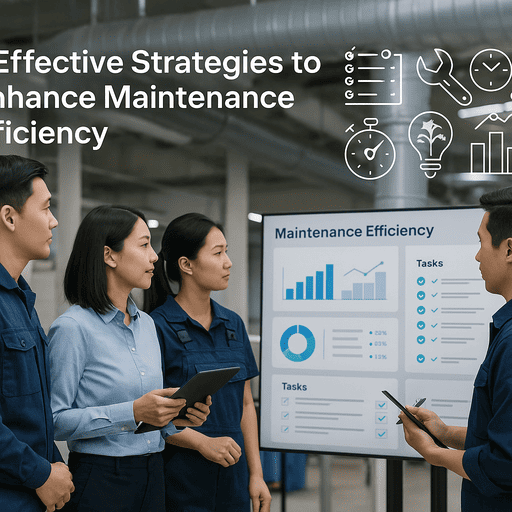
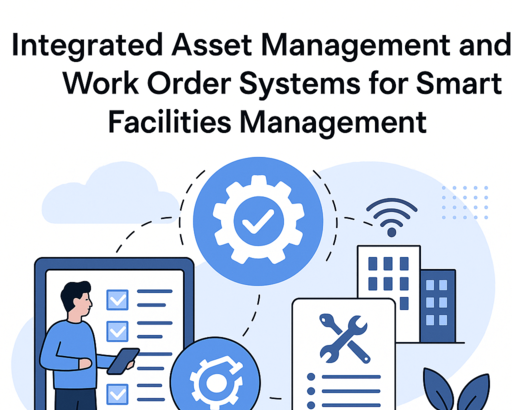




.png)


.png)





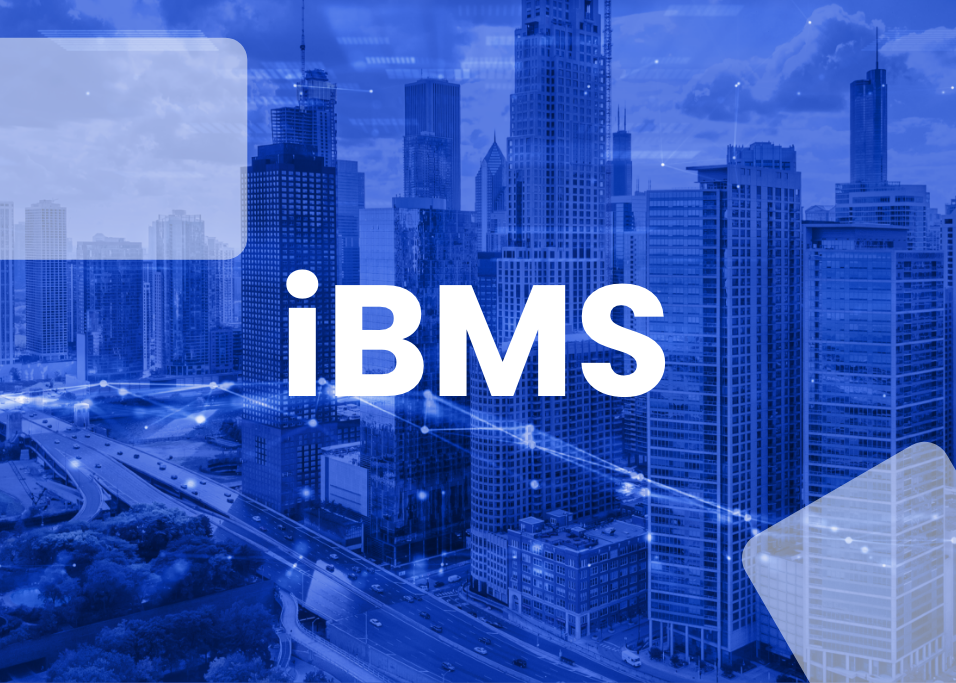












.jpg)













